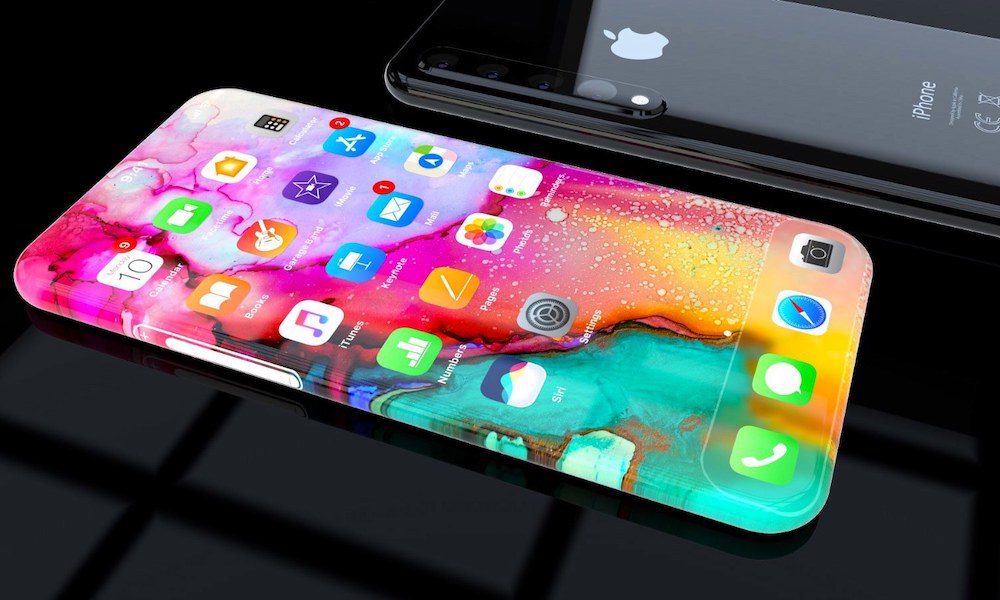One of the Apple Watch’s Greatest Features Can Boost the iPhone’s Battery
 Credit: Hasan Kaymak
Credit: Hasan Kaymak
Toggle Dark Mode
Apple may adopt a new display technology in future iPhones that could improve their already stellar battery life.
More specifically, the Cupertino tech giant is reportedly planning to adopt a new lower-power backplane technology called LTPO in a future handset, according to Korea-based outlet The Elec.
While Apple doesn’t use LTPO on its current iPhones, it does leverage the technology on current Apple Watches – specifically, the Series 4 and new Series 5. In fact, the Series 4 was the world’s first device to actually use an LTPO backplane.
LTPO technology is just part of the reason why the Apple Watch Series 5 sports the same battery life as the Series 4, despite having a new always-on display.
As Apple puts it: “The (LTPO) and oxide display features a reinvented pixel architecture that lets the screen refresh rate dip from 60Hz to a power-sipping 1Hz when the watch is inactive.”
A backplane on an OLED display panel is responsible for turning individuals pixels on and off. The low-temperature polycrystalline oxide (LTPO) would replace the current low-temperature polysilicon backplane tech that Apple uses on its iPhones now.
The potential benefit to consumers is arguably the most important part: LTPO backplanes would use up to 15 percent less power than the tech currently used in today’s iPhones.
This is significant for a couple of reasons. For one, the 2019 iPhone lineup already packs some serious battery life improvements that have blown away critical and consumer expectations. There’s a chance that LTPO-equipped iPhones could be even more power-efficient.
It’s also likely that LTPO benefits would be seen across an entire future iPhone lineup, since next year’s Apple handsets are all largely expected to feature OLED displays.
There are also more exotic possibilities for the technology, including certain UI elements that are “always-on” without any noticeable drop in battery life. That could be useful for displaying the time or other data without waking an iPhone’s screen.
The switch to LTPO displays would require that Apple work more closely with Samsung Display. This part is interesting because the South Korean manufacturer has developed its own proprietary LTPO display separate from Apple’s.
[The information provided in this article has NOT been confirmed by Apple and may be speculation. Provided details may not be factual. Take all rumors, tech or otherwise, with a grain of salt.]






